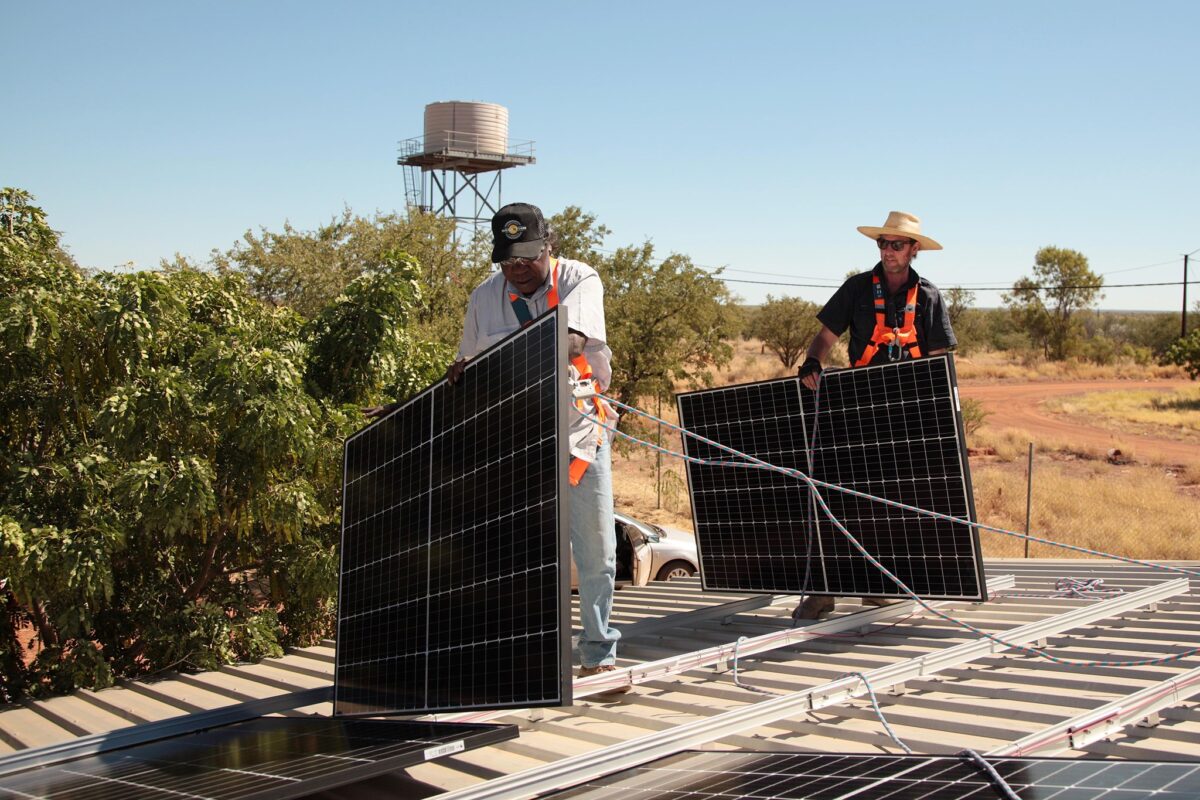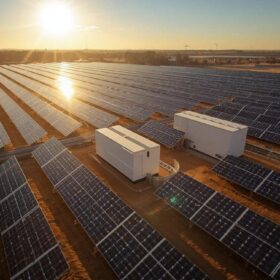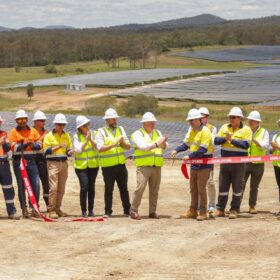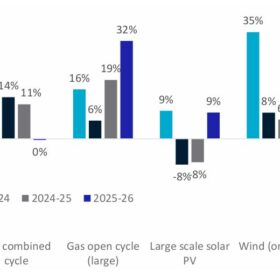The batteries are being added rapidly, government targets are in place, and coal generators are scheduled to exit the market: after a period of uncertainty, utility-scale solar-plus-storage is set for expansion Down Under. At the All Energy 2025 conference and trade show in Melbourne on Oct. 29 and 30, a largely buoyant mood prevailed.
Residential battery storage is a bright spot in the Australian market, bolstered by the federal government’s Cheaper Home Batteries program – which subsidises approximately 30% of the cost of a home energy-storage system. Having come into effect on July 1, the market response to the program has been staggering.
In a slightly less than four months, roughly 100,000 battery systems have been installed by Australian homeowners. To put the scale of the achievement in context, it took a decade for the first 100,000 distributed batteries to be installed in Australia – a total that has been surpassed in a matter of weeks.
Some market experts believe as many as 300,000 home batteries could be installed in the first year of the program. And the impacts of the additional storage capacity are beginning to emerge.
“We are already seeing the belly of the duck moving to later in the day. We see a shifting in some of those trough prices, said Ryan Wavish, general manager of innovation at Engie, speaking during the All Energy plenary session.
The high level of interest in batteries was reflected on the trade show floor. RX Global, which organizes the event alongside the Clean Energy Council, said that exhibition space had expanded by 30% on the previous year. More than 460 companies and organizations exhibited at the event this year.
Utility-scale outlook
The promising policy outlook on a federal level appears to be bolstering large-scale solar sentiment also. In 2024, there were widespread concerns in the renewable energy community that the conservative coalition parties would be successful at the May 2025 election. The conservative parties were, however, repudiated by voters with Labor expanding its majority and looking likely to remain in government for the next six years. And Labor, with Chris Bowen as Energy Minister, is continuing to support the expansion of renewable energy.
Australia has a target to generate 82% of its electricity from renewables by 2030. There is also an accelerating schedule of coal-generator closures on the horizon. While the residential market segment remains a world-leader, there will have to be an acceleration of large-scale solar and wind if the target is to be met and a shortfall of generation avoided.
“The overall sentiment is a really positive one and it’s a sea change from where we were last year,” said Gero Farruggio, a partner and the head of Australia and global renewables for Rystad Energy. Farruggio reported that a 150 GW+ pipeline of large-scale solar projects are in the early stages of development.
While many of the projects being proposed will not reach final close, reports at All Energy was that suppliers involved in initial project work – such as those providing topographical studies and geotechnical scoping – were doing brisk business. After a period of uncertainty, signs of a large-scale segment acceleration are mounting.
One factor behind the development is that wind project development is facing increasing capex costs and permitting challenges. Solar project activity, when PV is coupled with energy storage, is picking up to at least partially compensate for the shortfall. The big volume of large-scale batteries developed in recent years is also creating tailwinds, counteracting wholesale price volatility and drawing down solar production during the day, Rystad reported.
“We are introducing them at the highest pace per capita globally,” said Farruggio. “The level of investment and construction and the pace has been quite incredible. This time next year we’ll be looking at a very different market.”
In the short term, however, the improved market conditions are not yet translating into final investment decisions. Clean Energy Regulator data, as reported by the Australian Financial Review on Oct. 28, show that no large-scale solar or wind projects reached financial close in third quarter of 2025.
RX Global reported that more than 17,000 people attended All Energy this year, an increase of approximately 2% on the previous year.
This content is protected by copyright and may not be reused. If you want to cooperate with us and would like to reuse some of our content, please contact: editors@pv-magazine.com.









2 comments
By submitting this form you agree to pv magazine using your data for the purposes of publishing your comment.
Your personal data will only be disclosed or otherwise transmitted to third parties for the purposes of spam filtering or if this is necessary for technical maintenance of the website. Any other transfer to third parties will not take place unless this is justified on the basis of applicable data protection regulations or if pv magazine is legally obliged to do so.
You may revoke this consent at any time with effect for the future, in which case your personal data will be deleted immediately. Otherwise, your data will be deleted if pv magazine has processed your request or the purpose of data storage is fulfilled.
Further information on data privacy can be found in our Data Protection Policy.